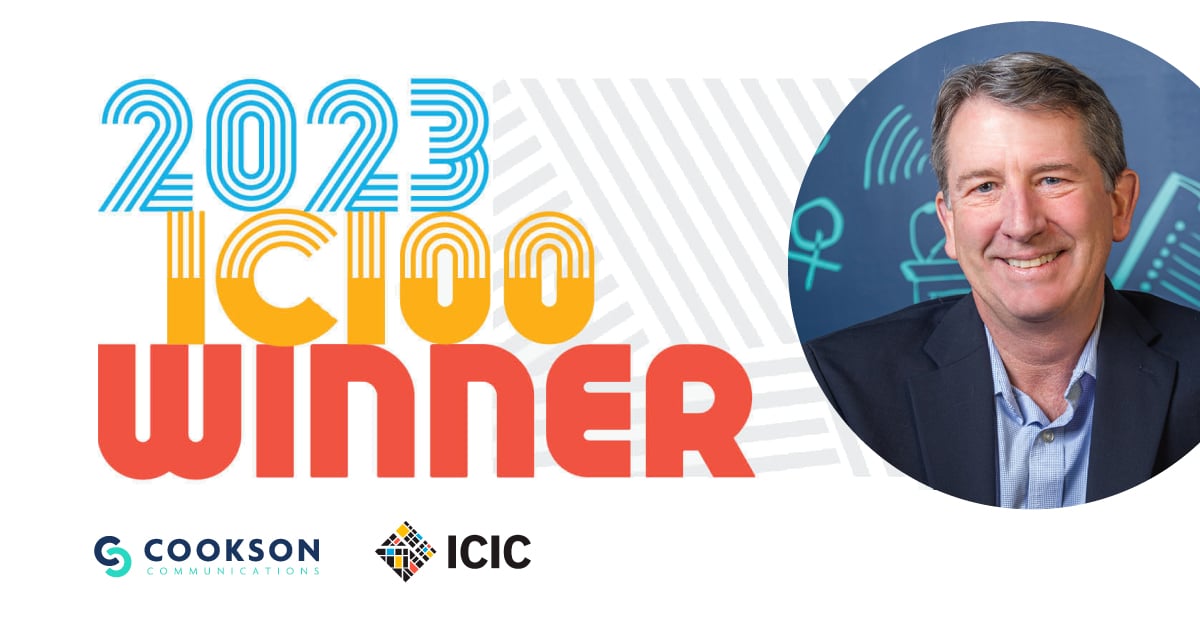The Value of Having Peers as Small Business Owners
Small business owners often work in a bubble with limited access to people who share similar concerns and questions. We face challenges when it comes to discussing matters such as human resources challenges and business opportunities. Connecting with peers is meaningful and beneficial, but it can be tough and requires proactivity.
As part of the Goldman Sachs 10,000 Small Businesses program (10kSB for short), I’ve had the benefit of connecting with other small business owners throughout New Hampshire. To give a bit of a background, there are 37 small business owners participating in New Hampshire’s inaugural 12-week program. The program focuses on helping 10,000 small businesses across the country grow and create jobs through an intensive learning curriculum.
Breaking into peer groups
We just completed week six of 10kSB. At the start of the program, we were divided into small growth groups with a diverse group of members. In my group alone, we have:
- owners of a chocolate shop
- an automotive detailer and reseller
- owners of an outdoor adventure center
- an engineering design firm
- a provider of home-cooked meals
- and my company, Cookson Communications
The members of our groups have become our teammates and confidants. Being non-competitive has allowed us to work through defining who we are and how we want to grow, all while providing feedback to one another.
Finalizing our growth statements
Over the past two weeks (weeks 5 and 6 of the program), we worked on a business feasibility analysis, risk assessment, resource mapping, market scope, and sizing and customer segmentation. One of my office colleagues who holds an MBA noted that she remembered going through these lessons and doing many forms of analysis on example companies. What makes 10kSB more engaging and real is that we are working with our own numbers and analysis. As a result, we have a lot at stake as we work towards completing a comprehensive growth plan.
In week 5 we met over dinner to help each of us finalize our growth statement (a word of advice for those who are creating a CEO peer group – always have a chocolate company and provider of quality, home-cooked meals in your group)! While enjoying a delicious meal and dessert, we carefully went through everyone’s opportunity statement to help hone the messaging and make it understandable to those who may be unfamiliar with each other’s particular industry.
Defining our business opportunity
After polishing our growth statements, we moved onto opportunity statements. An opportunity statement has five components:
- solve a pain point and create customer value
- offer a new product or service or enter a new market
- build on existing capabilities
- generate profit
- and be a personal fit.
We drafted first drafts of these statements last month that were several paragraphs long. After 3 hours of analyzing as a group, we developed new and improved statements that were only about three sentences long.
These opportunity statements then became the basis for the program’s modules on feasibility and risk. Most of us agreed that top risk factors included the risk of an economic downturn, marketing challenges and difficulties in hiring and retaining skilled employees. The resource mapping exercise reviewed each company’s building blocks including human, social, physical, organizational, financial and technical resources.
Developing our customer value proposition
We then moved onto an analysis of customer segmentation and market scoping and sizing, which further challenged our opportunity statements. The primary outcome was to develop a customer value proposition or CVP. A CVP is a short statement that is designed to take into consideration your company’s product or service, competition and how you differentiate yourself and demonstrate your value to your specific target market. Although we knew some of this intuitively, putting it into a spreadsheet and finally into a few sentences was a challenge. We shared our opportunity statements with our growth groups and once again saw the advantage our peers could provide in asking the hard questions and helping us hone those in.
One participant summed this advantage up very succinctly at the end of our online working session last Friday.
He said, “the whole process has opened my eyes as to how important collaboration is. We can have frank conversations and be very open with one another.”
This is the value of not working in a bubble and engaging in a peer group where you can feel comfortable asking the tough questions. If you are willing to, you can find several organizations across the state that can help you find a peer group, or you can create your own. With the right mix, this can be a great asset to your business and decision-making confidence.








